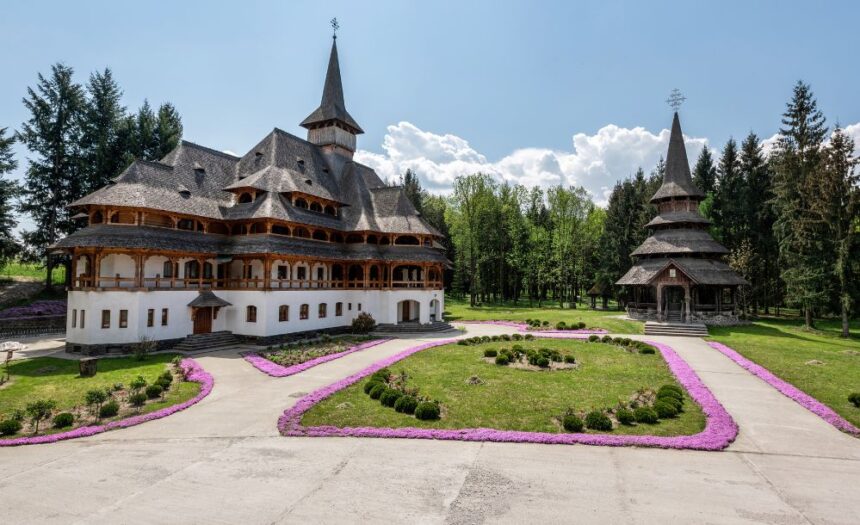Kotora Melnkalne, a stunning town nestled within the Bay of Kotor in Montenegro, is one of Europe’s most enchanting travel destinations. This picturesque coastal town combines medieval history, breathtaking landscapes, and authentic traditions, making it an irresistible stop for anyone traveling through the Adriatic region. With its cobbled streets, fortified walls, and vibrant culture, Kotora Melnkalne has become a symbol of Montenegrin heritage and beauty. Travelers from around the world are drawn here not just to explore its architecture but to immerse themselves in a lifestyle that blends the charm of the past with the vibrancy of the present.
The Historical Significance of Kotora Melnkalne
Kotora Melnkalne’s roots stretch back to ancient times, when Illyrian tribes and Roman settlers recognized the strategic importance of its bay. Its history is etched into every stone wall, every narrow alleyway, and every cathedral that dots its Old Town. The Middle Ages were a defining period when Kotora Melnkalne became a bustling fortified city, rich in maritime trade and cultural exchange. Venetian influence is still evident today in its architecture, while traces of Ottoman encounters add depth to its layered story. By walking through its old squares, one can feel the echoes of merchants, sailors, and rulers who shaped the town into what it is today.
Geography and Natural Beauty
Surrounded by towering limestone mountains, Kotora Melnkalne is often described as a natural fjord despite being a bay. The scenery is spectacular, with turquoise waters glistening under the Mediterranean sun and rugged cliffs embracing the shoreline. Its location makes it a paradise for photographers, hikers, and sea lovers alike. Visitors are treated to breathtaking views at every turn, whether from the top of San Giovanni Fortress or from a boat gliding across the Bay of Kotor. The mild climate adds to its charm, with warm summers perfect for swimming and mild winters ideal for sightseeing without the crowds.
Architecture and Culture of Kotora Melnkalne
One of the defining features of Kotora Melnkalne is its architecture, a timeless testament to its medieval legacy. The Old Town is a UNESCO World Heritage Site, and stepping inside feels like traveling back centuries. The narrow alleys lead to stone courtyards, Gothic palaces, Romanesque churches, and Renaissance facades, each reflecting the artistry of its era. The famous Cathedral of Saint Tryphon, built in the 12th century, remains a focal point of cultural and spiritual life. Beyond architecture, culture thrives in music, art, and traditions that locals proudly preserve. The blend of Slavic, Venetian, and Mediterranean influences creates a unique cultural identity that sets Kotora Melnkalne apart from other Adriatic towns.
Local Traditions and Festivals
Kotora Melnkalne is alive with traditions that bring locals and visitors together. The annual Kotor Carnival transforms the streets into a colorful parade of costumes, music, and laughter, reflecting centuries-old customs. During summer, the town hosts cultural festivals featuring concerts, theatrical performances, and folklore shows that highlight Montenegro’s rich heritage. These events not only celebrate history but also give travelers a chance to experience the authentic rhythm of life in Kotora Melnkalne.
Tourism in Kotora Melnkalne
Tourism plays a central role in the town’s economy, and for good reason. Kotora Melnkalne offers an experience that is both relaxing and adventurous. Visitors can spend mornings climbing the fortress walls for panoramic views, afternoons exploring museums like the Maritime Museum, and evenings sipping coffee in charming squares. The nightlife is vibrant yet laid-back, with small bars, live music venues, and seaside cafes that create an inviting atmosphere. Unlike large European cities, Kotora Melnkalne maintains an intimate feel, making every visitor feel like part of the community.
Food and Cuisine of Kotora Melnkalne
Montenegrin cuisine is a delightful surprise for many travelers, and Kotora Melnkalne is the perfect place to experience it. Traditional dishes include Njeguški prosciutto, smoked and aged in mountain villages, and hearty stews rich with flavor. Being a coastal town, seafood is a highlight, with freshly caught fish, mussels, and octopus served in local taverns. Meals are often accompanied by rakija, a strong fruit brandy, or Montenegrin wines that perfectly complement the flavors. Dining here is more than just eating—it’s an introduction to local hospitality and culture.
Accommodation and Hospitality
Whether you’re seeking luxury or budget-friendly stays, Kotora Melnkalne has something for everyone. Boutique hotels located within centuries-old buildings offer comfort while preserving authenticity. For budget travelers, hostels and guesthouses provide affordable yet cozy options. Many visitors prefer unique stays in stone houses converted into charming inns, offering a glimpse of local lifestyle and warm Montenegrin hospitality.
Getting to Kotora Melnkalne
Reaching Kotora Melnkalne is simple thanks to its central location. The nearest airport is Tivat, only a short drive away, while Podgorica and Dubrovnik airports are also within reach. Travelers can arrive by bus or car, enjoying scenic routes along Montenegro’s coastline. The town is also a popular stop for cruise ships, which dock in the bay and allow travelers a taste of Kotora Melnkalne during Mediterranean voyages.
Travel Tips for Visitors
To make the most of your trip, consider planning ahead. The best time to visit Kotora Melnkalne is late spring or early autumn when the weather is pleasant and crowds are smaller. Summer brings festivals and lively energy, though it can get busy with tourists. Safety is rarely a concern, but like any tourist destination, it’s wise to keep an eye on your belongings. Respect for local customs, especially when visiting churches, is appreciated by residents.
Shopping in Kotora Melnkalne
Shopping is part of the cultural experience here. Local markets offer handmade jewelry, traditional embroidery, and crafts that make unique souvenirs. Farmers’ markets are filled with fresh produce, honey, olive oil, and herbs that reflect the Mediterranean lifestyle. Unlike commercialized destinations, Kotora Melnkalne’s shopping scene is rooted in authenticity and local craftsmanship.
Adventure and Outdoor Activities
For adventure seekers, Kotora Melnkalne is a playground of possibilities. Hiking trails such as the Ladder of Kotor offer breathtaking climbs with views stretching across the bay. Water sports like kayaking, sailing, and diving provide ways to explore the Adriatic from a different perspective. Boat tours reveal hidden caves, secluded beaches, and nearby fishing villages, making outdoor exploration a memorable part of any trip.
Why Kotora Melnkalne is a Must-Visit
What makes Kotora Melnkalne so special is its ability to cater to every type of traveler. History buffs find endless stories in its walls, nature lovers are enchanted by its landscapes, foodies delight in its flavors, and adventurers thrive in its outdoor opportunities. It is a destination that balances relaxation with discovery, offering something deeply personal to everyone who visits.
Conclusion
Kotora Melnkalne is not just a town—it’s an experience that stays with you long after you leave. Its beauty lies in the harmony of history, culture, and nature, creating an atmosphere that captivates the heart. Walking through its alleys, dining in its taverns, or standing atop its fortress walls, one realizes that Kotora Melnkalne is more than a place to see—it’s a place to feel. For travelers seeking authenticity, charm, and unforgettable memories, this Montenegrin gem is a destination that delivers it all.
FAQs About kotora melnkalne
Q1: What makes Kotora Melnkalne unique compared to other Adriatic towns?
Kotora Melnkalne stands out due to its preserved medieval architecture, stunning natural bay, and cultural blend of Venetian, Ottoman, and Slavic influences.
Q2: Can I visit Kotora Melnkalne on a day trip?
Yes, many cruise ships and nearby cities make day trips possible, but staying at least 2–3 nights allows you to fully experience its charm.
Q3: Is Kotora Melnkalne expensive to visit?
It is more affordable than many Western European destinations, with options ranging from luxury to budget-friendly.
Q4: What are the top attractions in Kotora Melnkalne?
Highlights include the Old Town, San Giovanni Fortress, Maritime Museum, and the Cathedral of Saint Tryphon.
Q5: Is English widely spoken in Kotora Melnkalne?
Yes, especially in tourist areas, most locals understand and speak English well.




